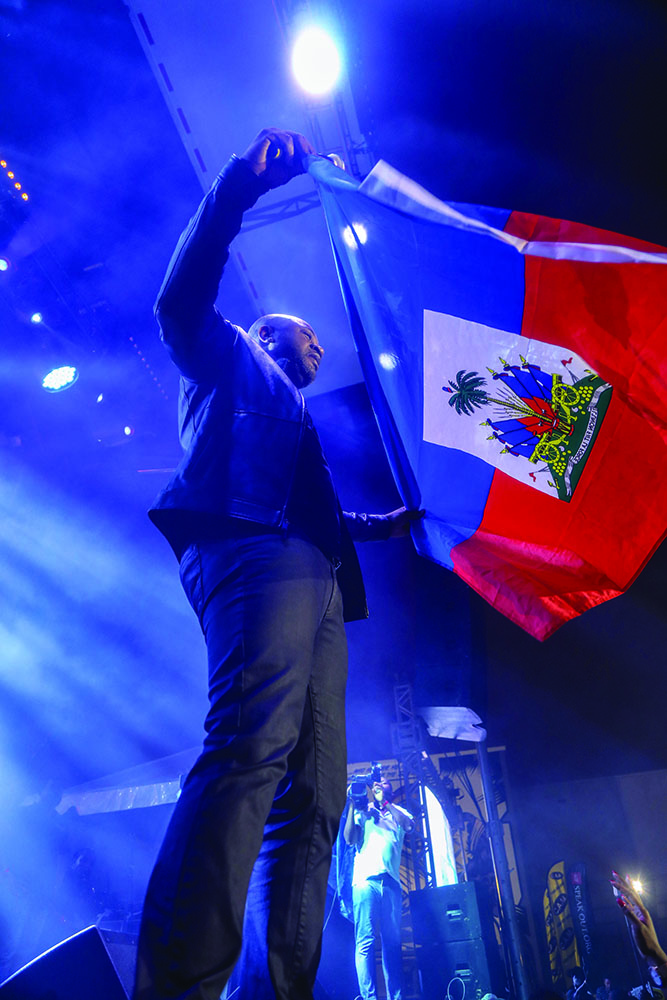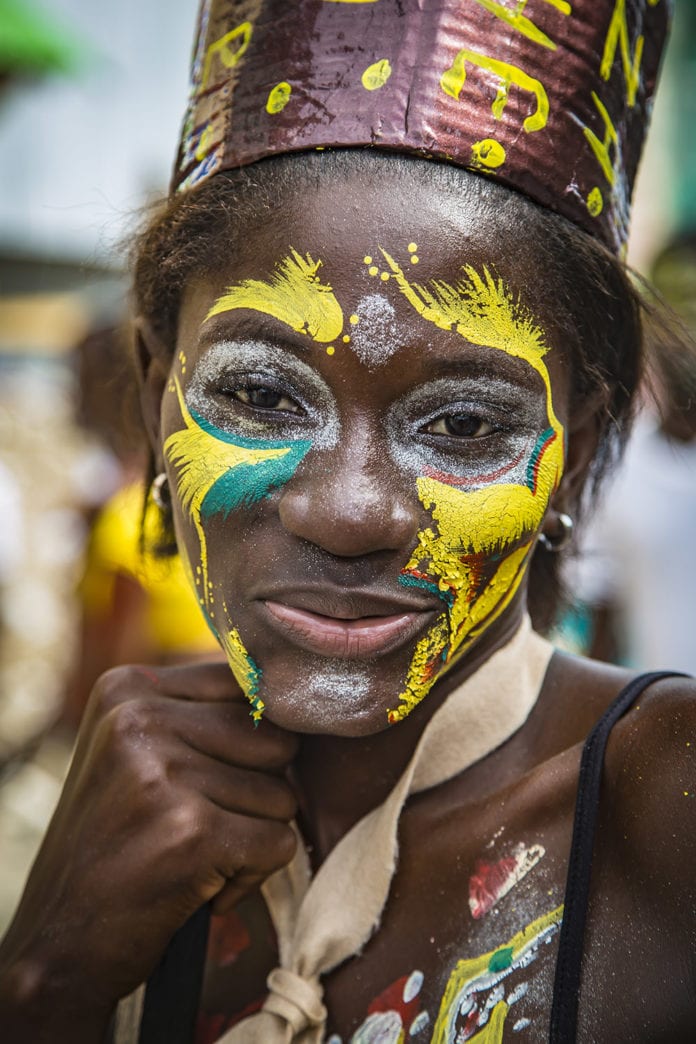The Haitian culture is not an indigenous culture. If you look at the ancestral background of most Haitians, it includes Africans and Europeans. The French colonization of Haiti during the 17th century had a significant impact on the future of the Haitian culture.
For one thing, there were no so-called “Haitians” on the Caribbean island of Hispaniola before the French colonists came along. The Taino were the indigenous people who were originally on the island of Haiti, but they were killed off after Spanish explorers enslaved them and sickened them with European diseases.
When the French colonists came to Hispaniola, they brought African slaves along with them. The African slaves were force to work on the plantations and harvest crops for their masters. The Africans and French went on to greatly influence the future of the Haitian culture, even after the African slaves got their freedom.
Everything from the Haitian language to Haitian music and religion has elements of African and French influence in them. Let’s explore the different elements of the Haitian culture and see if we can spot the similarities between it and these other cultural influences.
Religion
Most Haitians are Christians. Approximately 80% of them identify as Roman Catholics, while 16% claim to be Protestants. There is an even smaller population of Hindus and Muslims in Haiti. But due to the influences of Europe and Latin America over the country, Haiti is predominately a Christian nation.
Aside from Christianity, there is another popular religion called Vodou. It is described as an African diasporic religion, which means it is derived from several different African religions. Between the 16th century and 19th century, there were slaves in Haiti who originated from Central Africa and West Africa. They brought their religions with them and together, they combined into a unique type of religion called Haitian Vodou.
Vodouists believe and respect the deities and spirits called “Loa.” The spirits are looked upon as a combination of Yoruba gods and Catholic saints. The Yoruba people are a specific African ethnic group from western African countries, including Ghana, Togo, Benin, and Nigeria. To reduce pain and suffering in life, the Vodouists light candles and incenses as a way to please the enraged spirits.

Festivals
The first festive time of the year is New Year’s Day. Haitians celebrate this day because it is also their Independence Day. It is the day when they declared their independence from the French. You can expect to see a lot of dancing, gift exchanging, and other celebrations take place on that day.
Another festive time for Haitians is in the beginning of February. That is when they celebrate Carnival, which is the equivalent of the Mardi Gras in New Orleans. It is a Christian inspired celebration that includes music, singing, dancing, parades, nightly parties and all sorts of people demonstrating their talents on the streets.
Sports
The favorite sport amongst Haitians is football, which is really “soccer.” The European and Latin American influence on Haiti brought football to their culture. Most Haitians play football with each other locally. Sometimes you’ll see poor Haitians playing it on the streets or in some barren field where they can run around and enjoy themselves.
Over the last 50 years, basketball has become another popular sport in Haiti. The influence of the United States had a lot to do with bringing basketball to Haiti. But football continues to be the most dominating sport there.
Music and Dance
Haitians love to dance, sing and listen to music. You’ll see Haitians doing all three of these things during festivals, church functions, weddings, and any other special occasion. The Haitian style of music and dance have influences from Spain, Africa, France and other areas of the Caribbean. The Haitian vodou religion has some influence over it as well.
For instance, a typical Haitian parade will have street musicians performing rara style festival music. It will include cylindrical shaped bamboo trumpets, drums, metal bells, and maracas. You might also see mini-jazz rock bands, twoubadou ballads (Haitian guitar music), and hip-hop Kreyol.

Cuisine
Caribbean and French influences have established the cuisines of Haiti. Many of the Haitian dishes might include starch, pepper, potatoes, plantains, beans, rice, and corn. Out of all these ingredients, pepper is used the most in the average Haitian meal. Haitians also use tropical fruits because they are easier to grow in the current climate conditions of the country. They grow mangoes, coconuts, and pineapples the most.
The most expensive foods in Haiti are meats and cheeses. If someone were to eat either of these foods, they would be considered upper-class. That is why you’d only find them in the wealthier areas of Haiti, which are only found in the capital city of Port-au-Prince. Outside of the city, you won’t find many meats or cheeses anywhere.
Architecture
There weren’t meant buildings constructed before Haiti declared their independence in 1804. The few homes and buildings that did exist were destroyed during the Haitian Revolution. Once Haitians finally achieved independence, they constructed their own buildings.
The French style of architecture had a profound influence on Haitian architecture. You can see that in Haiti most prominent monuments, including the Citadelle Laferriere and the Sans-Souci Palace. There is one colonial city named Jacmel that still has some homes influenced by Spanish and French architecture. Unfortunately, most of the homes and structures were destroyed in the 2010 earthquake that devasted the countryside.

